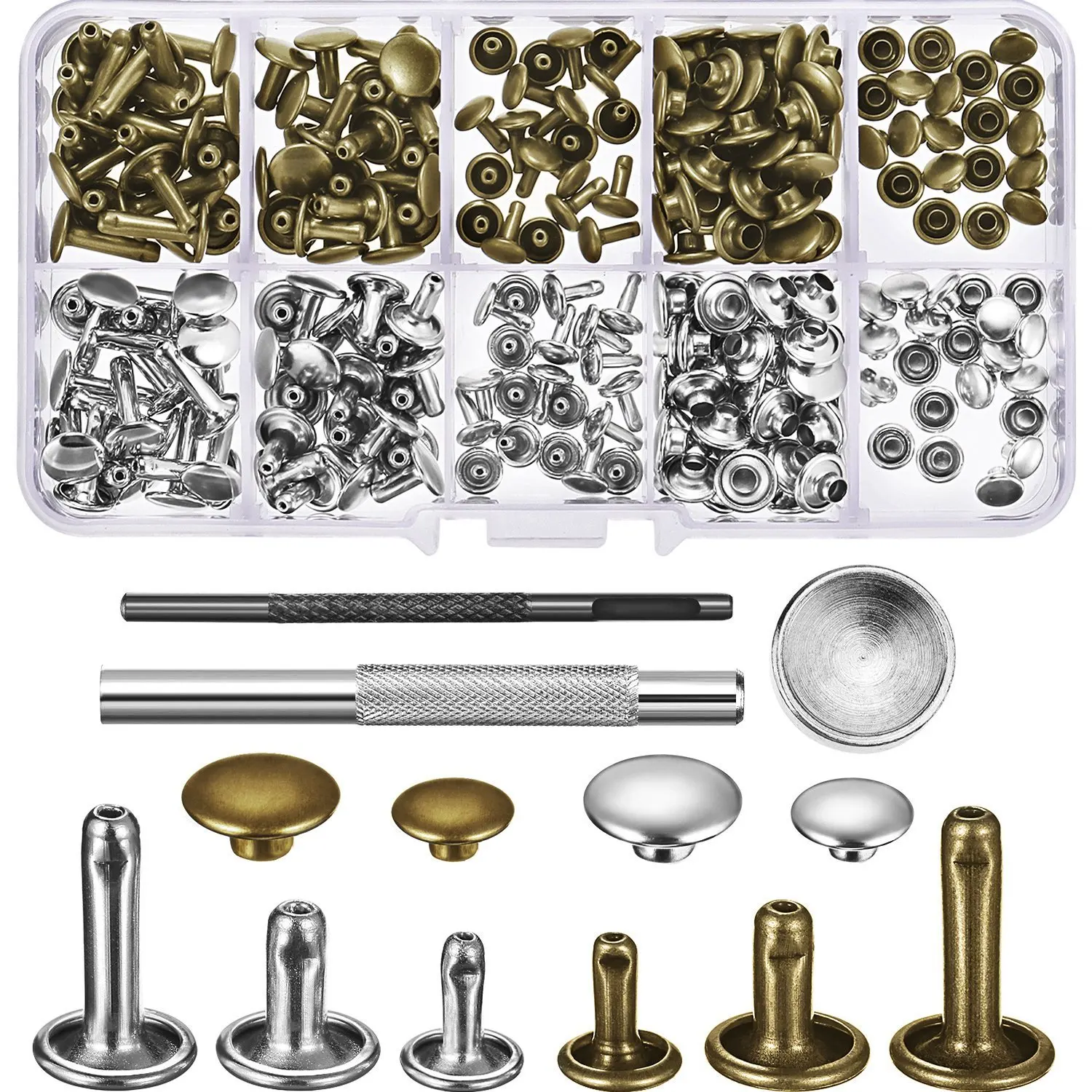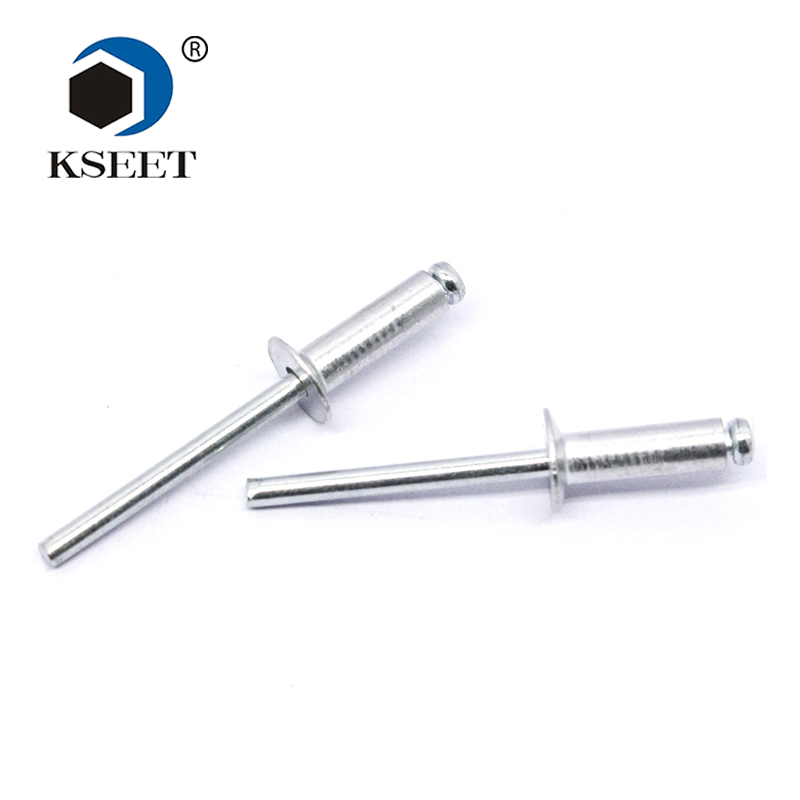

However, when soft or brittle materials are fastened to a rigid backing member, the large flange head should be considered because it offers twice the bearing surface. 4mm dia., aluminum/steel metric rivet, dome head, grip: 26-30 MFR Part 4 X 35F A/S Add to Quote View Product 4 X 40F A/S, Aluminum/Steel Dome Head Metric Rivet, 4mm Dia. The low-profile domed head is appropriate for most applications. View Product 4 X 35F A/S, Aluminum/Steel Dome Head Metric Rivet, 4mm Dia. As a rule, the rivet materials should have the same physical and mechanical properties as the materials to be fastened, because a marked dissimilarity may cause joint failure due either to material fatigue or galvanic corrosion. Nature of materialsīoth the rivet and the materials to be fastened will affect the ultimate joint strength. Remember that insufficient rivet length will not allow proper formation of the secondary head at the back of the work. You must select a rivet with a grip range that includes the work thickness required. This determines the required "grip" of the rivet you select.

Measure the total thickness of the materials to be joined. POP ® brand rivets are not certified for structural aerospace applications and such use is not recommended. We provide a rivet size chart (below) to give you the data you need to prepare a hole for all popular rivet sizes. Then refer to the "Shear" and "Tensile" in the Rivet Selection Guide on the product and select a POP ® brand rivet that provides the values required. The area that deforms is the rivet shank. These are functions of total joint strength, fastener spacing, rivet body material, and rivet diameter. Joint strengthįirst determine the single-joint tensile and shear values required for the application.

The load applied to a fastener along its length. The load applied to a fastener along the joint interface. The recommended thickness range over which the body length will consistently provide a proper setting in a hole of the specified diameter. (Best practice is to follow the hole size recommendations provided).Īvoid burrs in and around the holes. It may also cause bulging or separation of the members by allowing the rivet to expand between them instead of only on the blind side. Too large a hole will reduce the shear and tensile strengths. Too small a hole will, of course, make rivet insertion difficult. Hole size can be important in blind riveting. To learn more about how and for what purposes Amazon uses personal information (such as Amazon Store order history), please visit our Privacy Notice.This illustration provides a graphic representation of the POP ® blind rivet selection factors described below. You can change your choices at any time by visiting Cookie Preferences, as described in the Cookie Notice. Click ‘Customise Cookies’ to decline these cookies, make more detailed choices, or learn more. Third parties use cookies for their purposes of displaying and measuring personalised ads, generating audience insights, and developing and improving products. This includes using first- and third-party cookies, which store or access standard device information such as a unique identifier. If you agree, we’ll also use cookies to complement your shopping experience across the Amazon stores as described in our Cookie Notice. We also use these cookies to understand how customers use our services (for example, by measuring site visits) so we can make improvements.

We use cookies and similar tools that are necessary to enable you to make purchases, to enhance your shopping experiences and to provide our services, as detailed in our Cookie Notice.


 0 kommentar(er)
0 kommentar(er)
